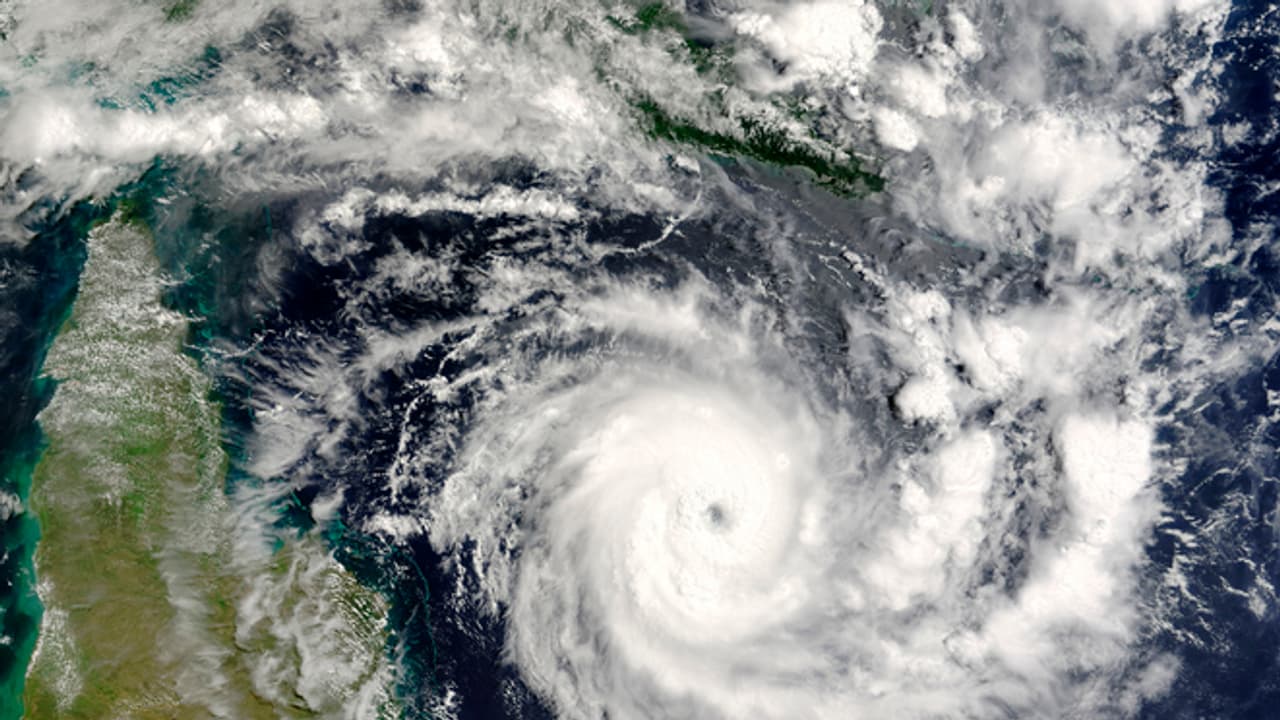Ever wondered how cyclones get their names? Discover the fascinating process behind naming storms like Fengal, the role of 13 countries, and the significance of these names in weather forecasting. Learn more!
The India Meteorological Department has predicted that a deep depression over the southwest Bay of Bengal is expected to strengthen into a cyclone today (November 27) and proceed towards Tamil Nadu over the next two days, avoiding the coast of Sri Lanka. All around India, Cyclone Fengal has been in the news. However, have you ever pondered the origins of the cyclones' names?

The World Meteorological Organization states that in order to prevent misunderstanding, weather forecasters provide names to each tropical storm. Tropical cyclones are often named in accordance with regional regulations. For the Indian Ocean region, a formula for naming cyclones was agreed upon in 2004. Thirteen countries in the region contributed a set of names, which are assigned sequentially whenever a cyclonic storm develops.
The names must not be insulting or contentious, and they must be simple to say and remember. In order for individuals from various places to relate to them, they are also selected from a range of languages.
How is a Cyclone named?
Each member state contributed 13 names to the current list of cyclone names, which was created in 2020. Once a name is allocated to a cyclone, it cannot be used again. For example, following 'Fengal', the next cyclone will be named 'Shakhti', as suggested by Sri Lanka, while Thailand has contributed 'Montha' as a future name in the queue.
Also Read | Cyclone Fengal develops over Bay of Bengal, IMD issues heavy rain alert for Tamil Nadu
Which 13 countries name the Cyclone?
Members of the United Nations Economic and Social Commission for Asia and the Pacific (UNESCAP) panel and the World Meteorological Organization (WMO) nominate cyclones in the North Indian Ocean. Every participant provides a list of possible names, which are utilized in order as cyclones develop in the area. Since 2004, the system has been in place to provide effective storm communication and simple public identification.
This panel includes 13 nations- Bangladesh , India , Iran , Maldives , Myanmar , Oman , Pakistan , Qatar , Saudi Arabia , Sri Lanka , Thailand , United Arab Emirates and Yemen.
Names with cultural importance have begun to be added to the list of names by the IMD in recent years. For instance, a cyclone that struck West Bengal in 2020 was named Amphan, which translates to "sky" in Thai. Involving several nations in the area and fostering a feeling of solidarity around the common experience of tropical storms are two goals of the IMD's cyclone naming practice. Over time, the naming scheme has changed.
